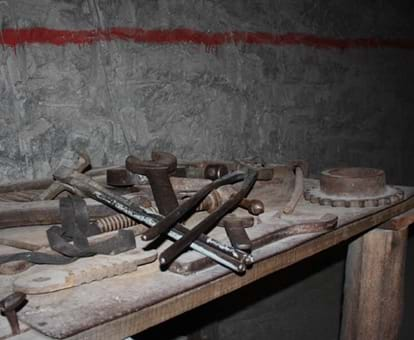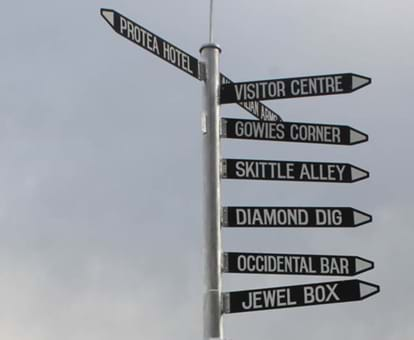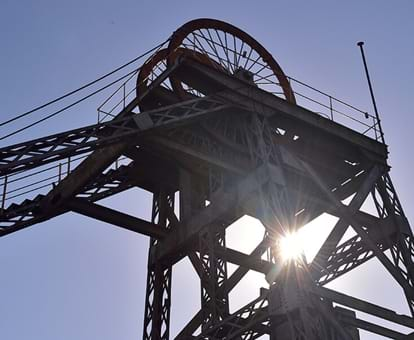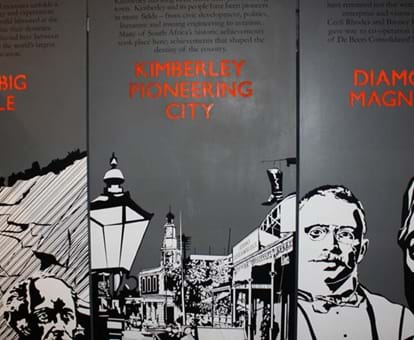By creating an account, I agree to the
Terms of service and Privacy policy
Choose your country and language:
Africa
Americas
Asia Pacific
Europe
TThe Kimberley Mine Museum is a window back to a time when fortune seekers converged here to dig for diamonds. This mining museum recreates what the town must have looked like, while allowing visitors to admire a replica of the stone on which the country’s diamond wealth was founded.
The Kimberley Mine Museum offers a trip back in time to when diamonds were first found in South Africa in 1866, near Hopetown in the Northern Cape. Three years later the 83-carat 'Star of South Africa' was discovered in the same area, unleashing a frenzied diamond rush seldom seen before or since.
Then came significant finds in Griqualand West, near the Vaal River, on the farms Bultfontein, Dorstfontein and Vooruitzicht. On a nearby hillock, Colesberg Kopje, the richest treasure house of all was found.
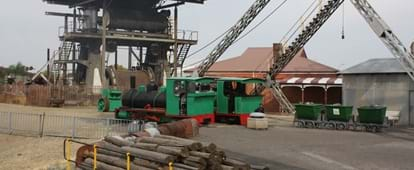
FFortune seekers converged from all over the world and the grey, dusty air around the Kimberley camp was soon filled with the rocking of soil sifting cradles, metal clanging on rocks and honky-tonk. In no time the kopje had disappeared to be replaced by the famous Big Hole.
TThe town was then a place of weather-discoloured tents and corrugated iron houses, interspersed with trading stores and many bars and brothels. But the surface and alluvial diamonds became harder and harder to find, forcing many diggers to leave and Kimberley settled to become a respectable, elegant Victorian city.
Kimberley
AA snippet of those early days has been captured by the Kimberley Mine Museum, with various displays and exhibitions detailing what life was like for the fortune-seekers who converged on the area hoping to strike it lucky.
There is a lookout point over the famous Big Hole at the museum. The hole itself is 225m deep with a surface area of 17ha and a perimeter of 1.6km. It ceased production on 14 August 1914 when the lower reaches were flooded.
The De Beers Hall in the grounds of this mining museum houses a display of jewellery and uncut diamonds, including a replica of the first Hopetown stone.
Related articles

